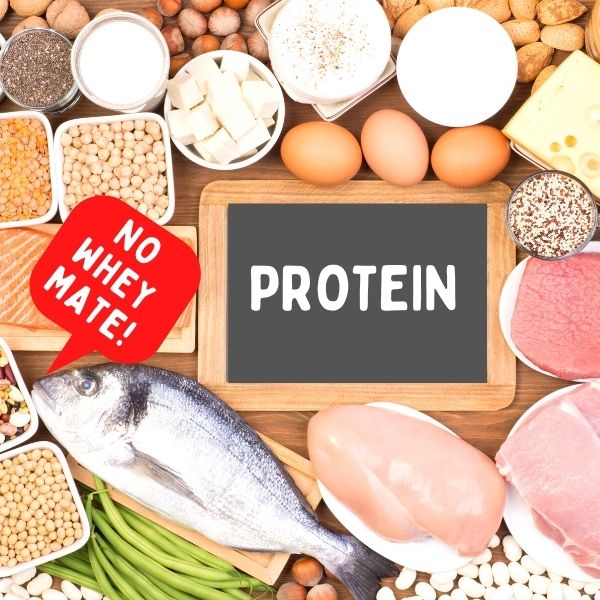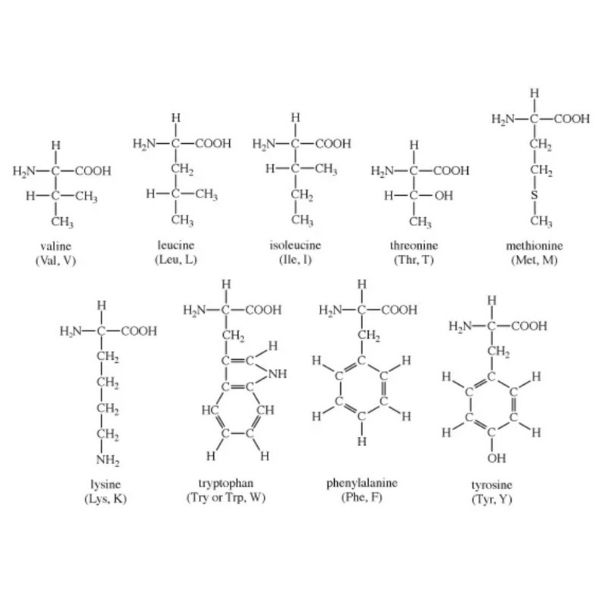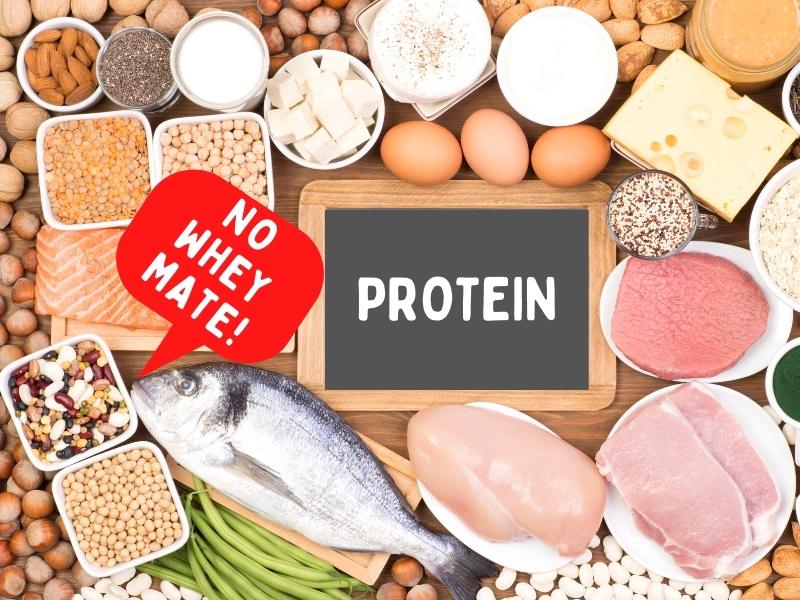PROTEIN. NO WHEY mate...
There is no such thing as animal protein! Wait, what?
Now that I have your attention, I’m telling you that the above statement is true. We’ll get into the details soon.
Animal protein comes from what an animal eats, their food. Humans eat animals, and secondhand plant protein ultimately makes up animal protein. Don’t believe me? That’s okay. Animals produce some amino acids needed for the complete branch chain amino acids, as do humans.

AMINO ACIDS
Twenty types of amino acids make the entire chain needed by the human body to complete the protein. Our bodies make approximately ten of the twenty amino acids; we get the others from food and some supplements.
Understanding Amino Acids, the types and their roles can be very complicated. We’ll deal with what I believe is necessary to know and make personal decisions for this post.
There are millions of articles and many Whey protein products on the market. Most encourage how easy it is to use as a supplement in your diet. This article aims not to promote anything but rather to highlight the dangers of using Whey protein.
If you want to build muscle and recover from workouts, they say, ‘Whey to go’. It’s not new, Whey, and its popularity has been around for decades, but what is it?
Years ago, many people, including myself, believed all you need is to buy a whey protein mix, shake it up, and drink it to contribute to your health and fitness. Nothing could be further from the truth. There are hundreds of millions of dollars to be made like most supplement products, and many people have gotten very rich from these products, so they aren’t going away quickly.
NEW PROTEIN POWDER RISKS DISCOVERED
A nonprofit group called the Clean Label Project released a report in April 2020 about toxins in protein powders. Researchers screened 134 products for 130 types of poisons and found that many protein powders contained:
- Heavy metals (lead, arsenic, cadmium, and mercury).
- Pesticides.
- Bisphenol-A (BPA, used to make plastic).
- Cancer and other health conditions are linked to other contaminants.
Some toxins were present in significant quantities. For example, one protein powder contained 25 times the allowed limit of BPA.
How could protein powder contain so many contaminants? The Clean Label Project points to manufacturing processes or toxins in soil (absorbed by plants made into protein powders). Not all of the protein powders that were tested contained elevated levels of toxins.
Along with toxins, additives, and preservatives, processing more extensive amounts (more than once per day) of Whey protein, especially in shakes, has been stressful and can cause liver dysfunction.
“Little Miss Muffet sat on her tuffet eating her curds and whey. Along came a spider, sat down beside her And frightened Miss Muffet away.” – Nurse Rhyme, published in 1805
WHAT IS WHEY PROTEIN
Whey is the remaining liquid from strained milk after a curdled separation.
There are two types of whey protein – Sweet and Sour Whey.
Sweet Whey is a by-product of rennet cheeses like swiss and cheddar cheese. It comes from casein and cheese after commercial production.
Acid Whey (also known as sour Whey) is a by-product produced when making acidic dairy products, such as cottage cheese or strained yogurt.

20 Amino Acids That Formulate Proteins:
- Alanine
- Arginine
- Asparagine
- Aspartic Acid
- Cysteine
- Glutamic acid
- Glutamine
- Glycine
- Histidine
- Isoleucine
- Leucine
- Lysine
- Methionine
- Phenylalanine
- Proline
- Serine
- Threonine
- Tryptophan
- Tyrosine
- Valine
9 Essential Amino Acids:
- Phenylalanine
- Valine
- Tryptophan
- Threonine
- Isoleucine
- Methionine
- Histidine
- Leucine
- Lysine
The non-essential, also known as dispensable amino acids, can be excluded from a diet. The human body can synthesize these amino acids using only the essential amino acids. For most physiological states in a healthy adult, the above nine amino acids are the only essential amino acids. However, amino acids like arginine and histidine are necessary because the body cannot synthesize them in sufficient quantities during specific physiological periods of growth, including pregnancy, adolescent development, or recovery from trauma.
Conclusion
If you believe additional protein supplementation is necessary to achieve your health and fitness needs, we suggest you source the cleanest, plant-based protein.
Many commercially available products added to nut-based milk or water with some natural flavouring are better alternatives to Whey protein powders.
We wish you the very best in your quest for health and wellness and if you need more information on proteins let us know. KP – New Leaf Wellness Team.

If you’d like to know more about the New Leaf Wellness Resort programme please contact us here.
References – National Library of Medicine – Harvard University Medical 2020 – Clean Label Project.


